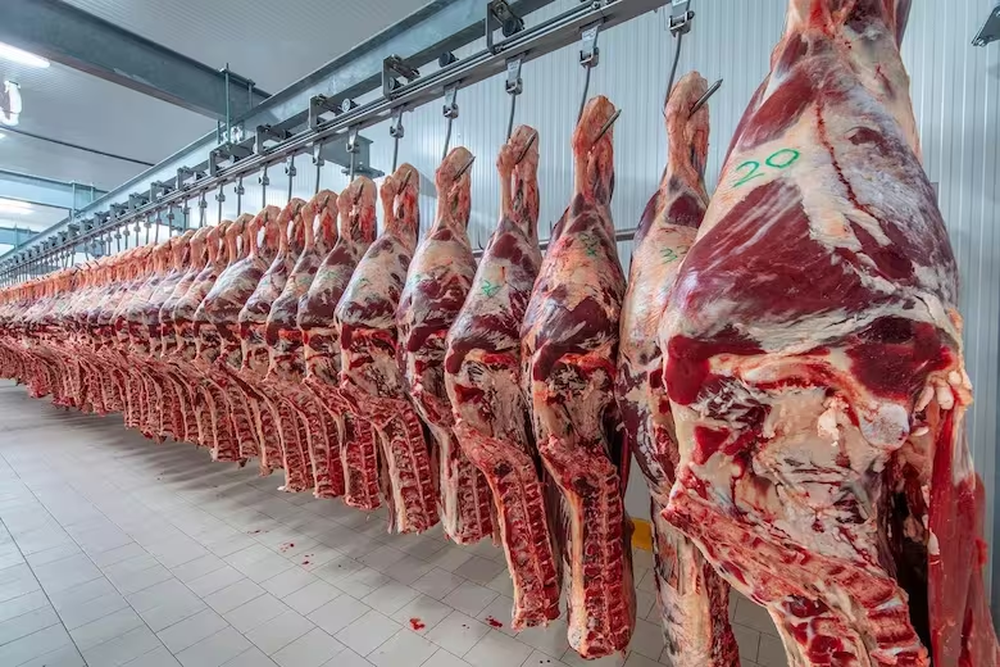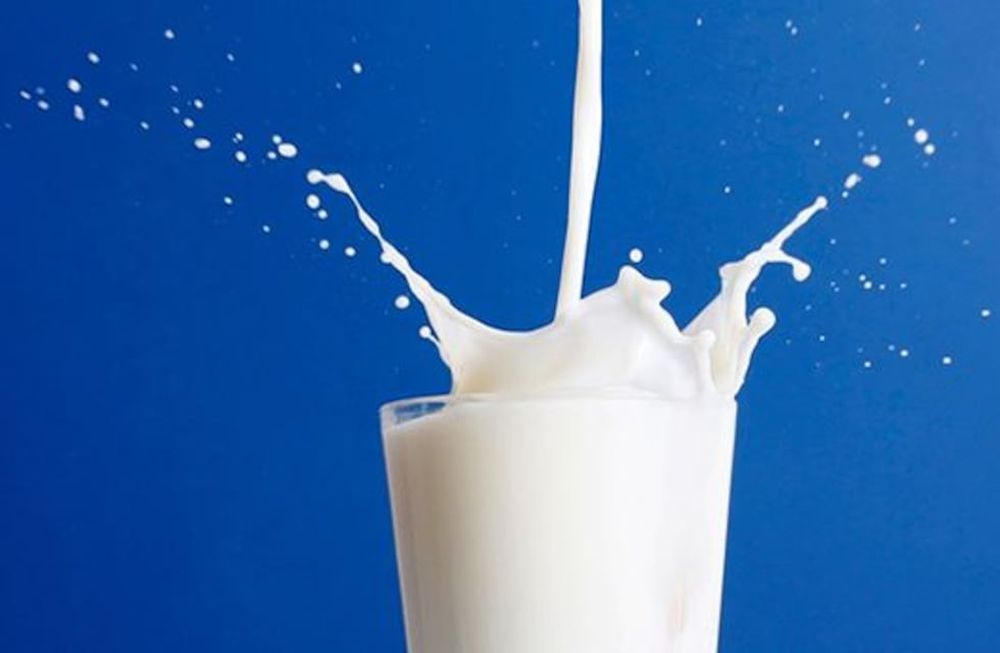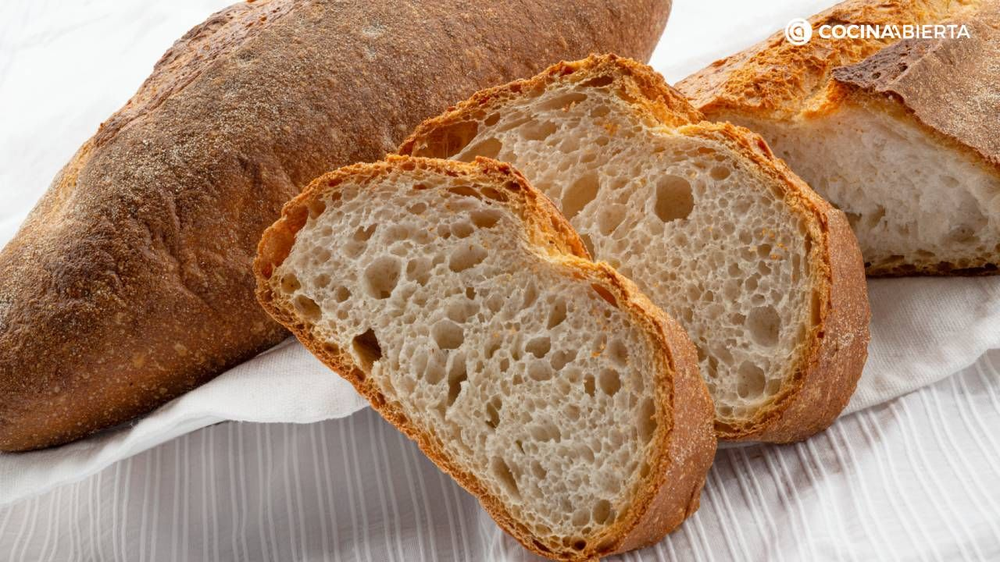"Taxes exceed profits" in the price of meat, milk, and bread

A private report revealed that "1,000 of every 4,000 pesos we pay for meat, milk, and bread are taxes." The tax burden is most significant at the national level.
A report by the Agricultural Foundation for the Development of Argentina (FADA) revealed that 70% of the national tax burden exceeds the price increases for meat , bread , and milk . Thus, the burden of taxes accounts for a large part of the cost of the essential products consumed daily by Argentines.
The FADA analysis exemplified that "1,000 of every 4,000 pesos we pay for meat, milk, and bread are taxes." It explained that "of the total taxes on these foods: 3,000 of every 4,000 pesos are national taxes ."
Meat consumption

In the case of meat , the report noted that "the price is made up of 60% costs," indicating that "to produce the steaks we buy, a process takes a long time, with significant costs such as the land where the animals are raised, health and feed, transportation, and personnel." Meanwhile, there are 25% taxes and 15% profits .
Regarding milk , he specified that "67% are costs, 26% are taxes, and only 7% are profits ." The analysis revealed that "for the dairy farm, the costs that increased the most in this latest measurement were cow feed and all marketing-related costs."
Milk: ally or enemy of health?

In the case of bread , FADA revealed that from the field to the table the price increases 12-fold, detailing that the process includes “60% of the costs of producing bread, 24% of taxes and 16% of profits.”
Analyzing the composition of prices chronologically, the report highlighted that 8% of the bread price corresponds to wheat, 4% to the mill, 64% to the bakery, and 24% to taxes. For meat, 28% is the livestock sector, 24% to the feedlot, 2% to the meat processing plant, 21% to the butcher shop, and 25% to taxes. For milk, 28% is the dairy sector, 26% is the industry, 20% is the retail sector, and 26% is taxes .
Regarding the tax burden, FADA economist Antonella Semadeni reported that "the most notable taxes are: VAT at the national level, gross income at the provincial level, and taxes on industries and businesses at the municipal level." Referring to the final composition of food prices, she stated: "Taxes exceeding profits is a situation that could become unfair."
Recipe

Web
And he cited an example: "In the milk chain, the entire production process is affected by climate issues, subject to the price of corn used to feed the cows, to products related to animal health, to the price of fuel for transportation... there are many variables to be faced ." And he criticized: "In the midst of all this, the State, through taxes, is present at every stage and faces no risk ."
losandes





